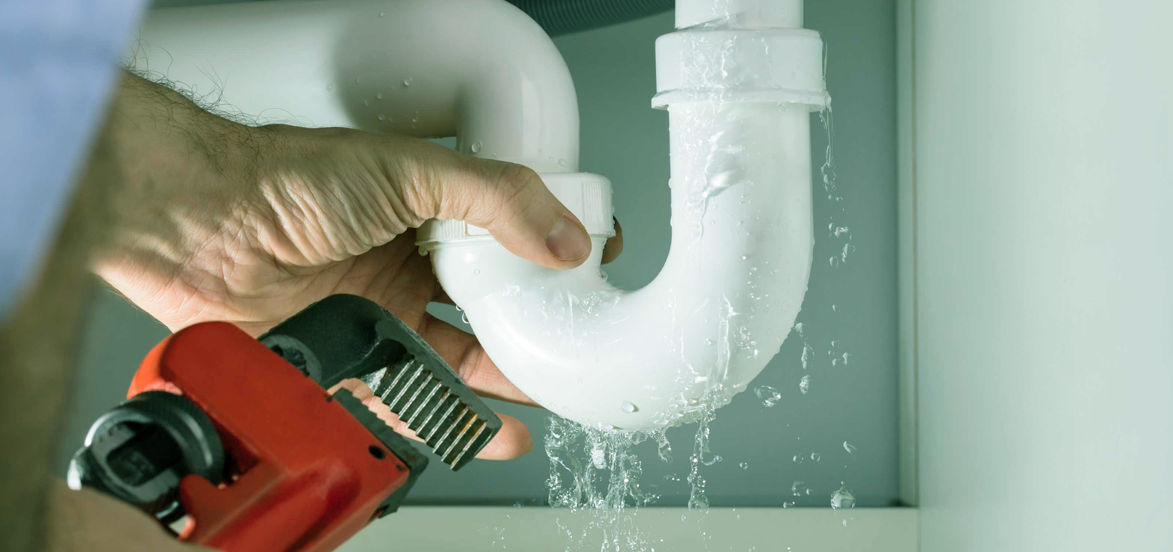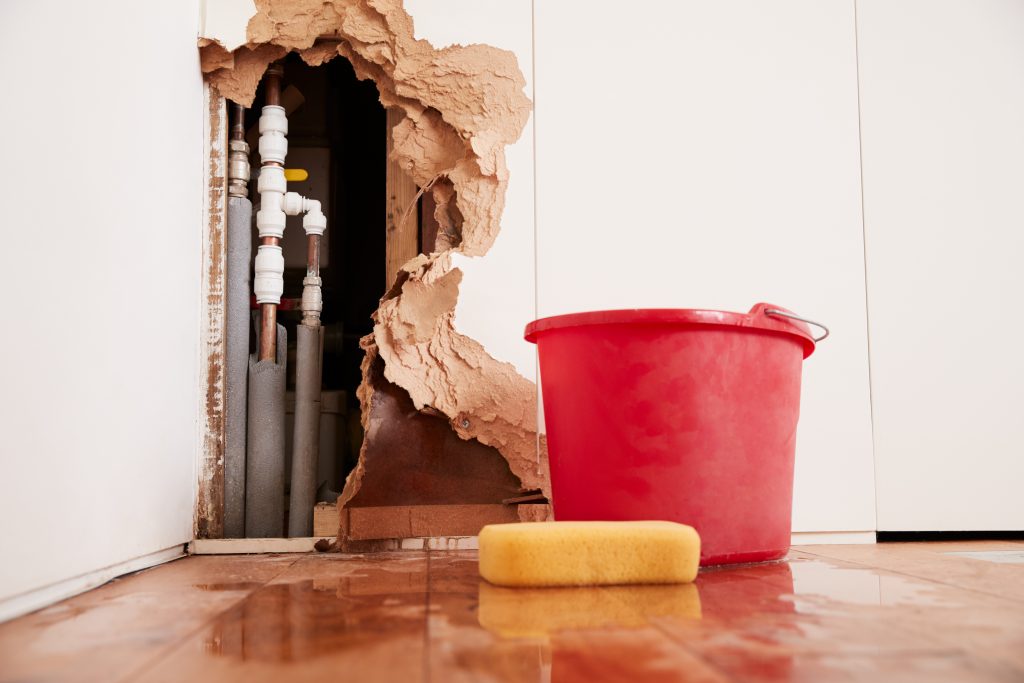This article down below pertaining to Locating water leaks is pretty much enlightening. You should see for yourself.

Early discovery of leaking water lines can reduce a potential calamity. Some small water leakages may not be visible.
1. Check Out the Water Meter
Every residence has a water meter. Checking it is a proven manner in which assists you uncover leaks. For beginners, shut off all the water resources. Guarantee no person will certainly flush, use the faucet, shower, run the cleaning maker or dishwashing machine. From there, go to the meter and also watch if it will alter. Given that no one is using it, there must be no activities. If it relocates, that shows a fast-moving leakage. If you find no changes, wait a hr or two as well as examine back again. This indicates you might have a sluggish leakage that might also be underground.
2. Examine Water Consumption
Examine your water bills and track your water consumption. As the one paying it, you ought to see if there are any discrepancies. If you find sudden changes, despite your usage coinciding, it means that you have leaks in your plumbing system. Bear in mind, your water expense should drop under the same array each month. A sudden spike in your costs indicates a fast-moving leak.
A stable increase every month, even with the same habits, shows you have a slow leak that's also gradually intensifying. Call a plumber to completely inspect your property, especially if you really feel a cozy area on your floor with piping underneath.
3. Do a Food Coloring Examination
30% comes from bathrooms when it comes to water consumption. Test to see if they are running correctly. Decline flecks of food color in the tank and wait 10 mins. If the shade in some way infiltrates your dish during that time without flushing, there's a leak between the container as well as dish.
4. Asses Exterior Lines
Don't fail to remember to inspect your outside water lines too. Needs to water leak out of the link, you have a loose rubber gasket. One tiny leakage can waste tons of water as well as spike your water expense.
5. Examine the scenario as well as evaluate
Property owners must make it a routine to check under the sink counters as well as also inside closets for any bad odor or mold growth. These 2 red flags suggest a leakage so punctual focus is required. Doing routine evaluations, also bi-annually, can conserve you from a significant issue.
Inspect for discolorations and damaging as most devices and also pipelines have a life span. If you suspect dripping water lines in your plumbing system, don't wait for it to rise.
Early detection of dripping water lines can mitigate a potential disaster. Some tiny water leaks may not be visible. Checking it is a surefire way that helps you discover leakages. One little leakage can lose heaps of water as well as surge your water expense.
If you suspect dripping water lines in your plumbing system, do not wait for it to intensify.
How to Know If Your Home Has a Hidden Leak
Water Meter Reveals Inexplicable Water Usage
If you’d like to test whether or not there’s a leak somewhere in your home, you can do this using your water meter. Here is how to conduct the test:
Don’t use any water in your home for at least 30 minutes; this also means not turning on faucets or water-using appliances.
Go outside, and check your water meter for activity.
If your water meter shows that there was activity, even though no one was using any water, this proves that there is a leak in your home.Visible Mold or Mildew Growth
Leaks behind walls create moist, dark environments that allow mold and mildew to grow and thrive. Eventually, you might see mold growth forming on the wall closest to a hidden leak.
If mold is growing in an area that receives a high amount of moisture, such as a bathroom, it may simply be an indication that better ventilation is needed. However, if you see mold growth on a wall or the ceiling in an area where you would not expect, you probably have a hidden leak.
Musty, Mildew Odor
Sometimes you might not be able to see the mold or mildew that is growing as a result of a leak. However, the smell can give the problem away just as easily. If you catch a whiff of something musty, there’s a good chance that old water is collecting somewhere in your home that you can’t see.
Stained/Warped Walls, Ceilings, or Floors
When your home soaks up water, a variety of red flags can become visible, including ceiling stains, bubbling drywall, warped walls, and sagging floors. While these issues can be caused by excess humidity, they can also be signs that a pipe or plumbing connection has started leaking behind your walls.
Inexplicably High Water Bill
After a while, you get a general sense for what your water bill should be. If you own a pool or sprinkler system, your bill will tend to be higher during summer. However, if you receive a water bill that seems especially high, and you can’t figure out what caused it, then you may have a hidden leak somewhere that’s increasing your bill.
https://www.plumbingjoint.com/blog/2019/july/how-to-know-if-your-home-has-a-hidden-leak/

I discovered that blog posting on Detecting hidden plumbing leaks while perusing the internet. Sharing is nice. One never knows, you might be doing someone a favor. Thank-you for your time spent reading it.